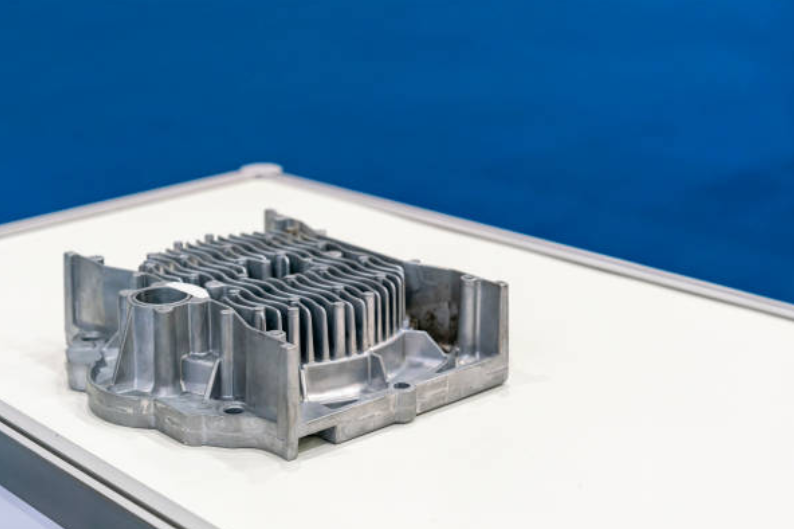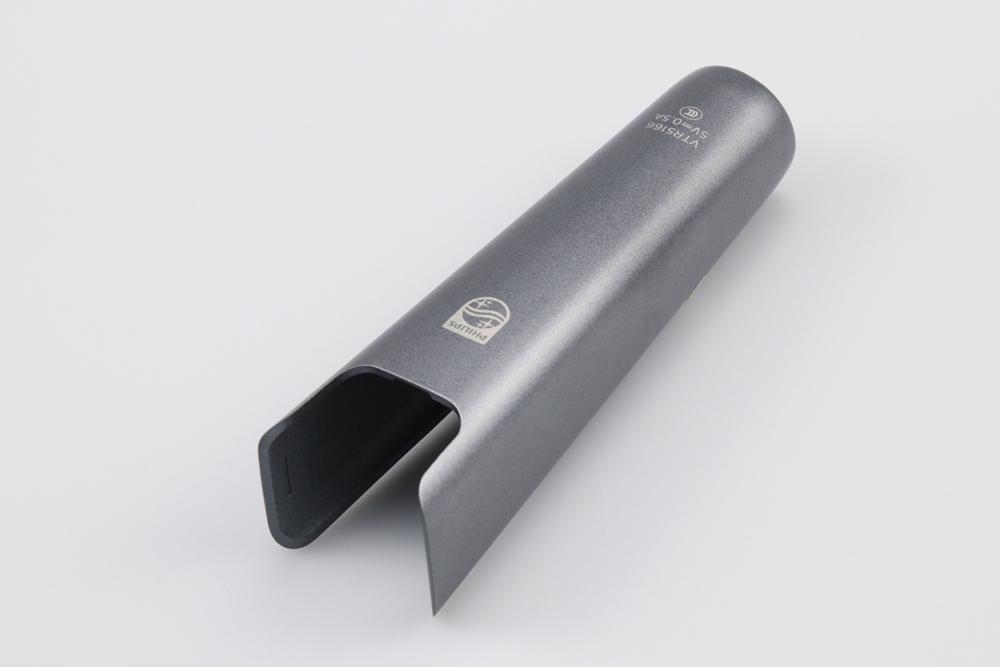What is the thinnest strong wall possible for aluminum die-cast enclosures?
Minimum Strong Wall Thickness for Aluminum Die-Cast Enclosures
For real-world, robust aluminum die-cast enclosures, the thinnest practical wall we usually recommend is 1.0–1.5 mm for compact parts in alloys such as 383 (ADC12) and A380, when the die, gating, and process window are carefully optimized. Local features can sometimes be reduced to approximately 0.8 mm in short-flow areas, but this is only feasible under very controlled conditions and with relaxed cosmetic or porosity requirements. For larger enclosures or housings requiring sealing, impact resistance, or heavy mechanical loading, a more conservative 1.5–2.0 mm wall thickness is typically preferred to maintain strength, stiffness, and process robustness in high-volume aluminum die casting.
Key Factors Influencing Thin-Wall Capability
The theoretical minimum wall is not defined only by the alloy; it is a balance of melt fluidity, die design, shot speed, flow length, and venting. High-fluidity alloys like 383 (ADC12), A380, and 360 support thinner sections than high-silicon, wear-oriented grades such as B390. The longer the flow length and the more abrupt the thickness transitions, the more conservative the wall thickness needs to be. If the enclosure must survive secondary operations such as CNC machining prototyping, drilling, or tapping, additional wall stock is required to prevent cracking and to maintain thread engagement.
Typical Design Guidelines for Thin but Strong Enclosures
Enclosure Size / Function | Recommended Nominal Wall | Realistic Minimum (Optimized) |
|---|---|---|
Small consumer or telecom enclosures (short flow, non-sealed) | 1.0–1.3 mm | ≈0.8–1.0 mm in limited areas with 383 (ADC12) / A380 |
Medium industrial / power tool housings | 1.5–2.0 mm | ≈1.2–1.5 mm in non-critical ribs and side walls |
Large structural or sealing enclosures | 2.0–2.5 mm | ≈1.8–2.0 mm with strong process control and high-pressure filling |
To keep thin walls strong, we typically combine ribs, corner radii, and consistent wall transitions. Alloys such as A356 can be used where subsequent heat treatment is required for higher mechanical performance.
Effect of Surface Treatments and Post-Processing
Thin-wall enclosures often require cosmetic or protective finishes. Processes like anodizing (when alloy and microstructure allow) and powder coating add minimal thickness but introduce constraints on porosity, edge sharpness, and uniformity. Pre-finishing via tumbling or sandblasting helps smooth thin walls without removing excessive material, while painting is widely used to deliver consistent appearance on 1.0–1.5 mm walls in high-volume programs.
Application Examples and Industry Context
In consumer electronics and telecommunication hardware, compact enclosures with fine details are normally designed around 1.0–1.2 mm wall stock in 383 (ADC12), allowing tight packing of components while controlling weight. For power tools or rugged lighting solutions, impact loads and screw bosses drive the wall thickness closer to 1.8–2.0 mm. At Neway, we typically begin with functional samples through prototyping services and then refine the design and gating before locking the final wall scheme for stable mass production.
Practical Design Recommendation
From a reliability perspective, it is safer to treat 1.0–1.5 mm as the minimum “strong” wall for aluminum die-cast enclosures in high-volume production, using ribs and local reinforcements where stiffness and screw retention are critical. Thinner regions down to about 0.8 mm should be limited to localized, low-stress areas and validated by flow simulation and sampling. Sharing target loads, enclosure size, and finishing requirements early enables us to optimize alloy selection and die design, ensuring that the minimum wall remains both castable and durable throughout the entire production life.



